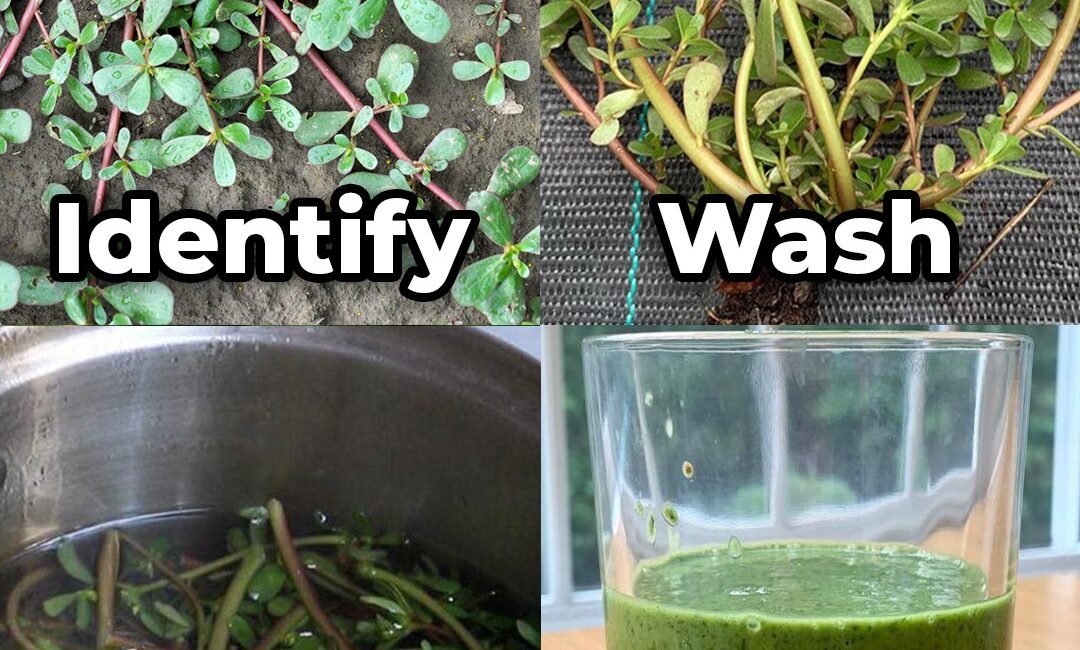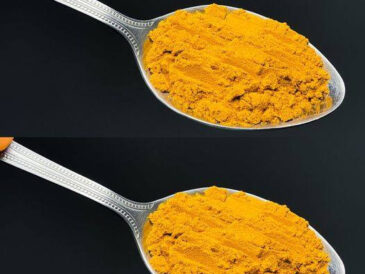6. Skin and Hair Health
Thanks to vitamins A, C, and E, purslane supports collagen synthesis, skin hydration, and healing. It has been traditionally applied as a poultice for burns, insect bites, and wounds. Consuming purslane regularly can also promote healthier hair and nails due to its mineral content.
7. Weight Management and Satiety
Low in calories but rich in fiber and nutrients, purslane helps you feel full longer, reducing overall calorie intake. It’s an excellent addition to a weight-loss or weight-maintenance diet.
8. Immune System Support
Vitamin C and other antioxidants in purslane enhance immune defense mechanisms, helping your body fend off infections and heal faster.
Culinary Uses: How to Incorporate Purslane into Your Diet
Purslane is a culinary delight with a slightly lemony, tangy flavor and crisp texture. It can be eaten raw or cooked and is versatile in numerous recipes.
Fresh Uses:
- Salads: Add fresh purslane leaves to salads for a crunchy texture and refreshing flavor.
- Smoothies: Blend a handful into your green smoothies for a nutrient boost.
- Garnishes: Use as a vibrant garnish on soups, stews, or avocado toast.
Cooked Uses:
- Sautéed greens: Quickly sauté purslane with garlic and olive oil as a side dish.
- Soups and stews: Add purslane towards the end of cooking to retain its nutrients.
- Stir-fries: Toss with other vegetables and proteins for a nutritious meal.
- Egg dishes: Incorporate into omelets or frittatas for added flavor and health benefits.
Preservation:
- Purslane can be dried or frozen, but it’s best enjoyed fresh to maximize nutritional content.
Growing Your Own Purslane: Tips for Gardeners
The best way to ensure clean, pesticide-free purslane is to grow it yourself. Here’s how:
- Location: Purslane thrives in sunny, warm spots with well-drained soil.
- Planting: Sow seeds directly into the soil in spring after the last frost.
- Watering: Requires minimal watering; too much water can cause root rot.
- Harvesting: Pick young leaves and stems for the best flavor and texture.
- Propagation: Easily propagated by cuttings or seeds—considered a hardy and fast-growing plant.
Potential Risks and Precautions
While purslane is safe for most people, some precautions are necessary:
- Oxalate content: Purslane contains oxalates, which can contribute to kidney stones in susceptible individuals. Moderation is key if you have a history of kidney issues.
- Allergies: Rare allergic reactions can occur. Start with small amounts if you’re trying it for the first time.
- Interactions: If you are on blood-thinning medications or other drugs, consult your healthcare provider as purslane’s vitamin K content may affect medication efficacy.
Final Thoughts: Why You Should Stop Ignoring This “Weed”
Purslane’s rich nutritional profile, affordability, and availability make it an extraordinary superfood that deserves a place in your kitchen and garden. Whether you want to boost heart health, fight inflammation, improve digestion, or simply add more nutrient-dense foods to your diet, purslane is a remarkably effective, natural option.
Rather than stepping on this so-called weed next time you see it, consider harvesting it, tasting it, and exploring its myriad health benefits. The transformation it can bring to your wellness journey is nothing short of remarkable.




